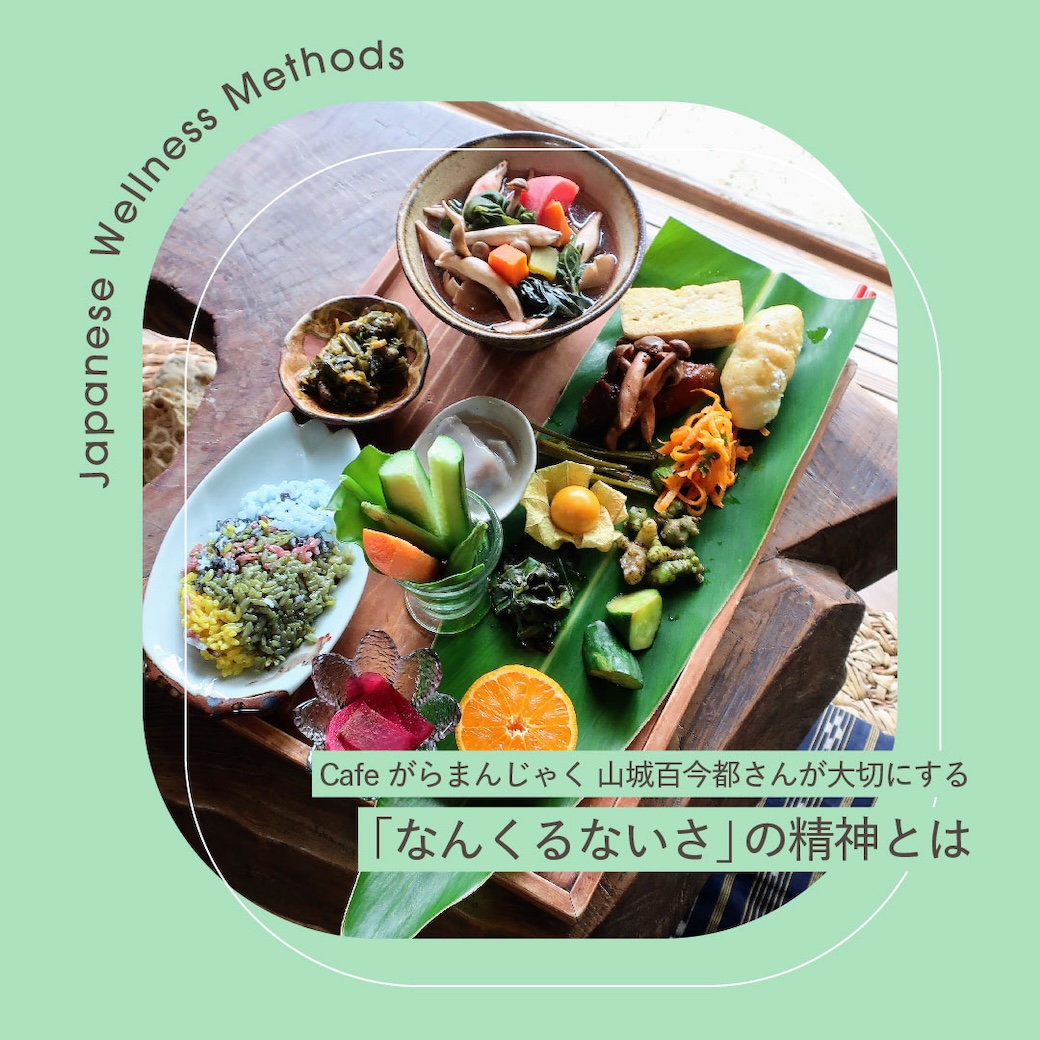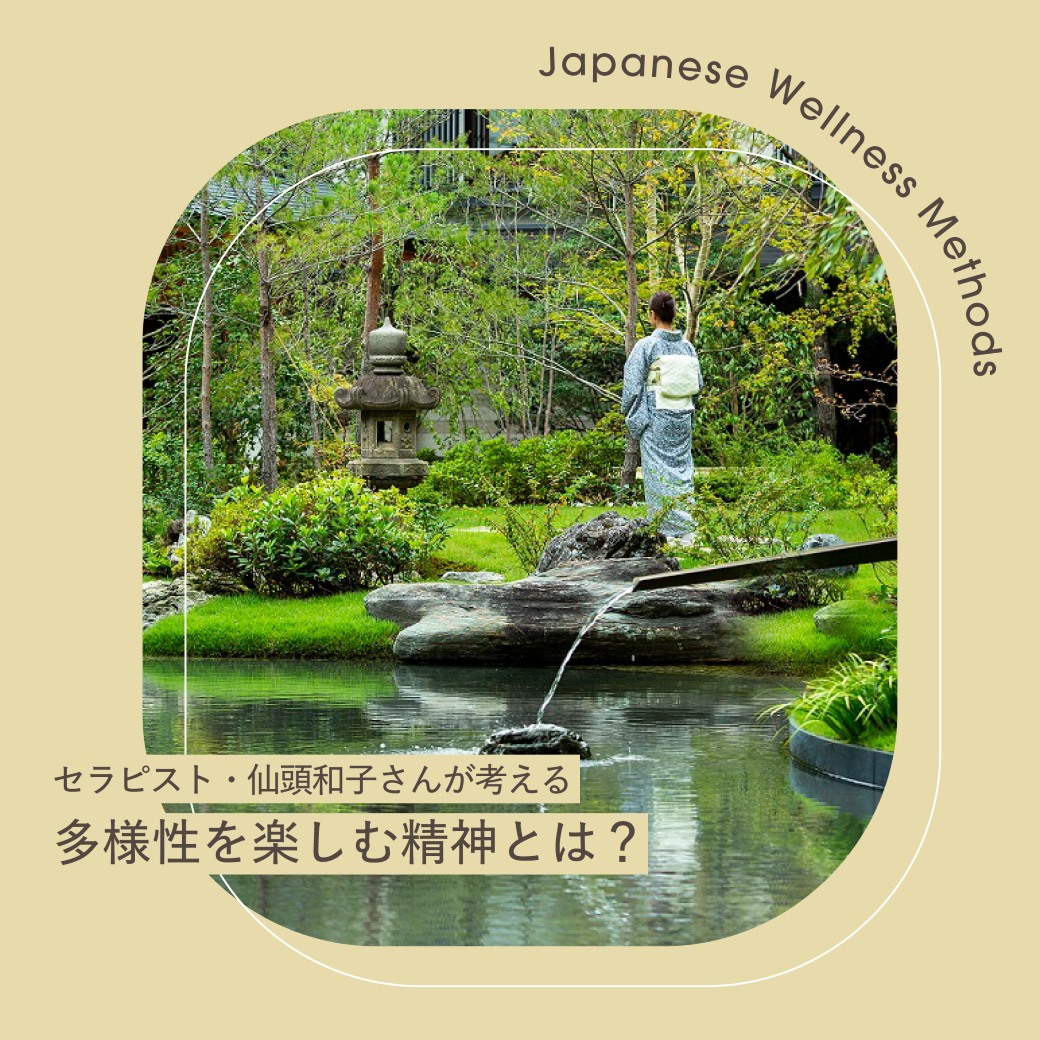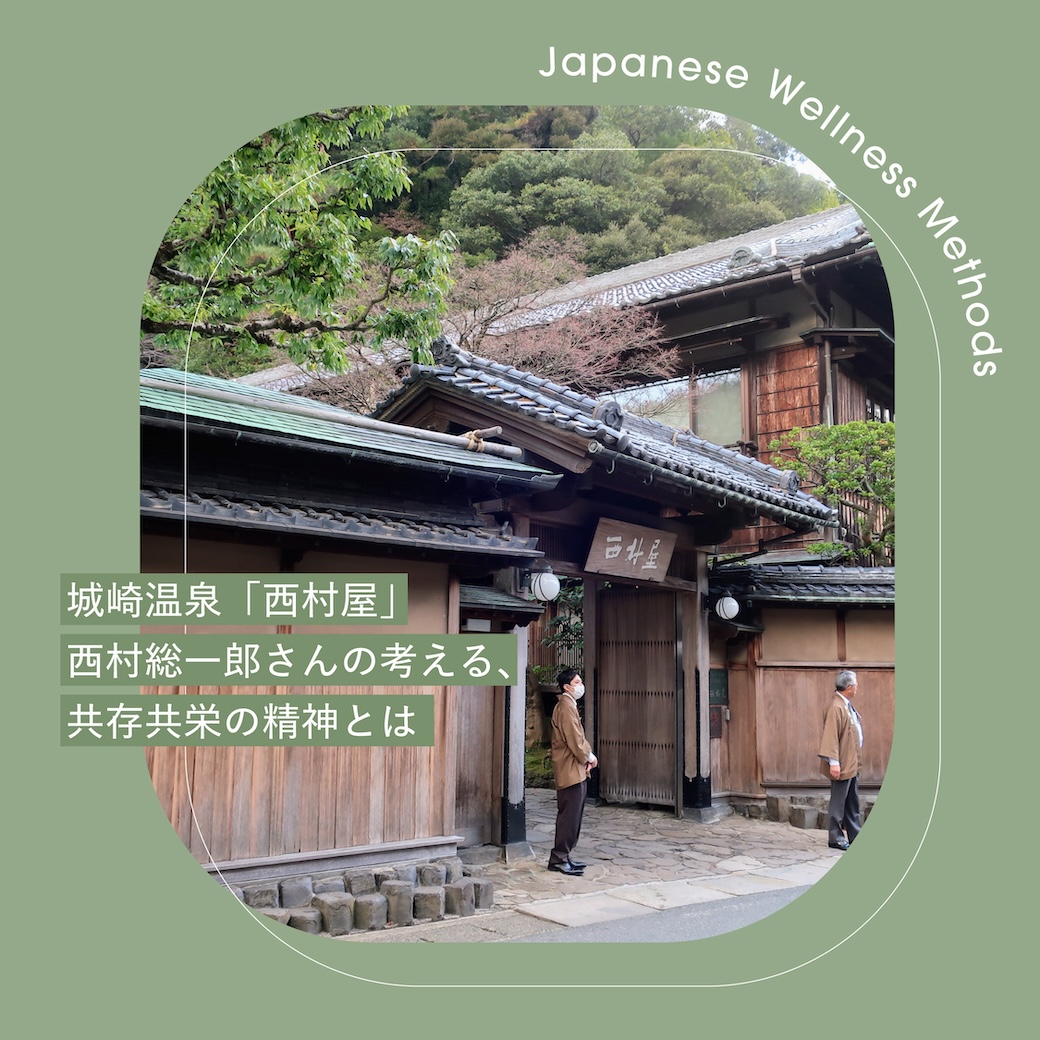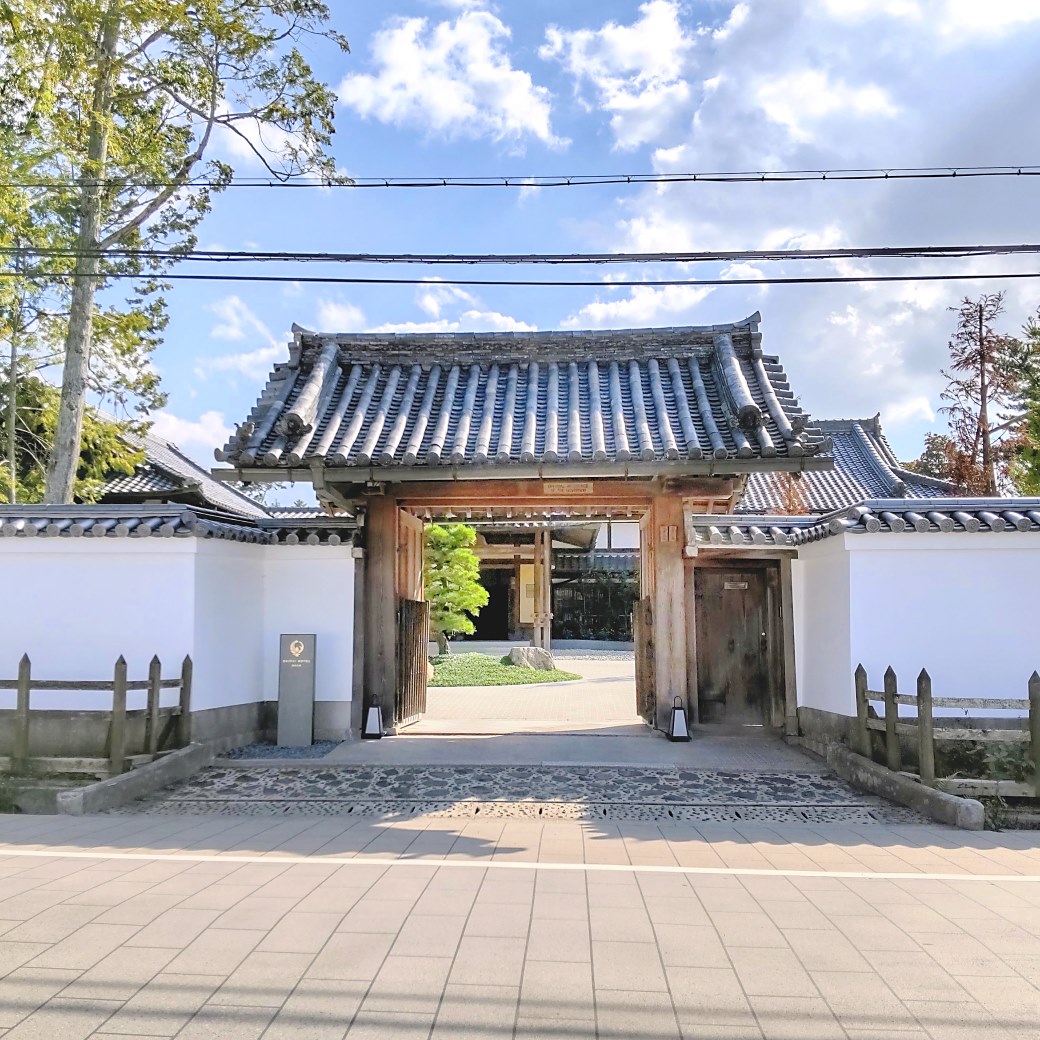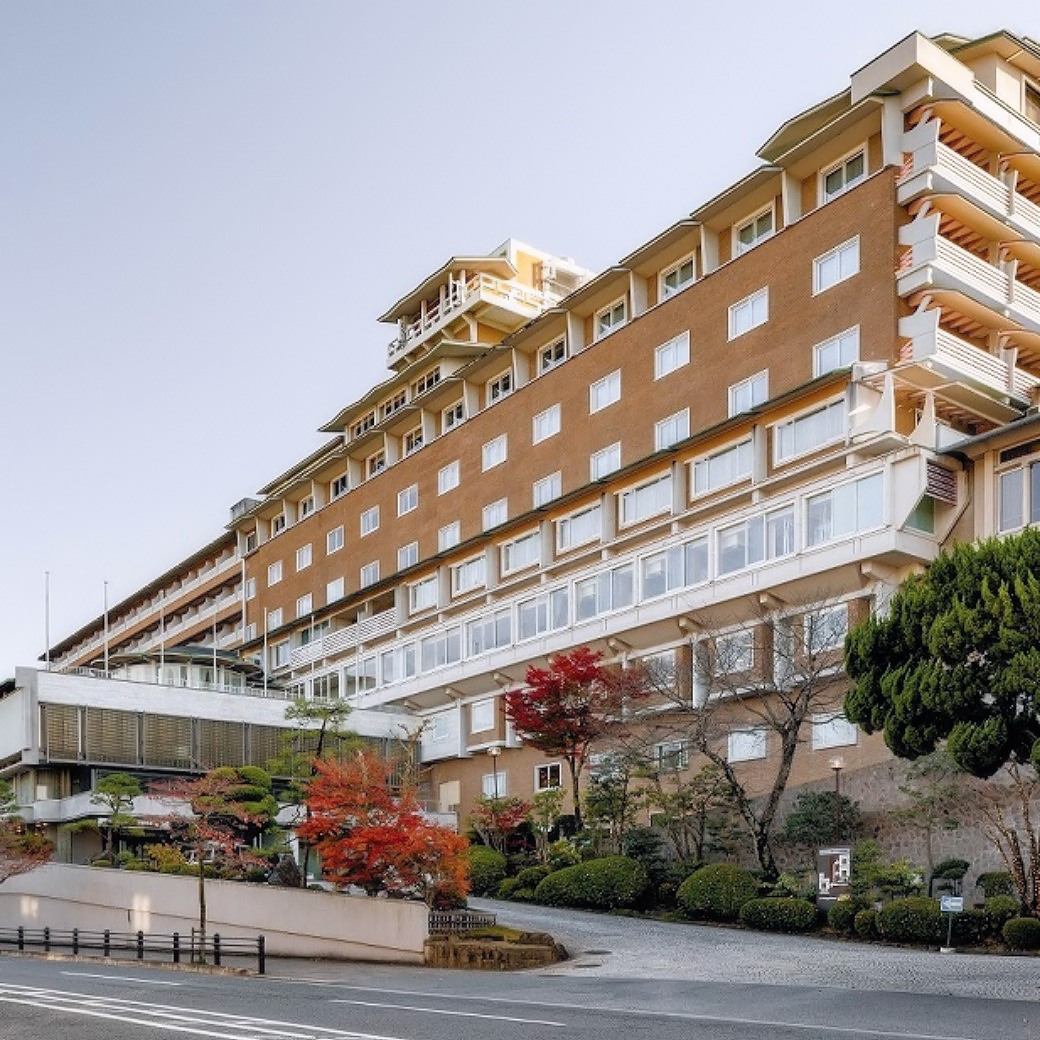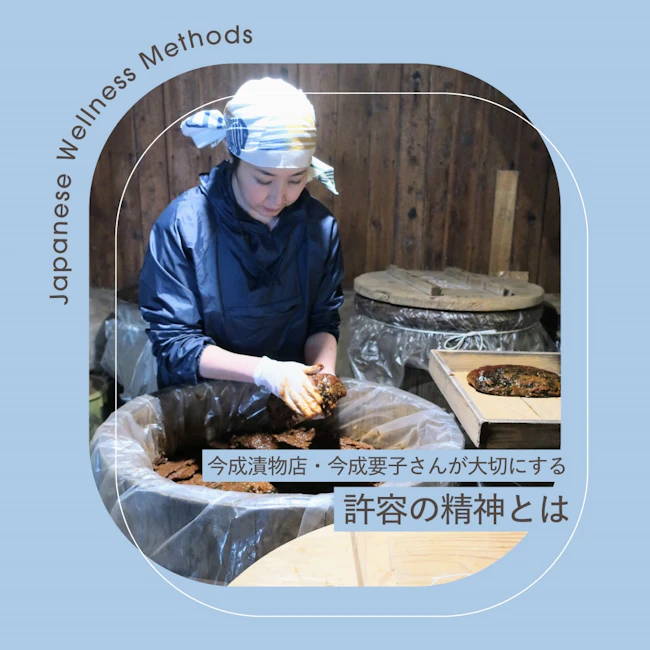
The wisdom of healing and beauty learned from Japan ~People who create beauty~ Vol.3 Imanari Pickles Shop, Minamiuonuma City, Niigata Prefecture What is the spirit of tolerance that Yoko Imanari values?
SUMMARY
- ・Fermented food that touches the mind and body, born from the wisdom unique to snowy countries
- ・After returning to Minamiuonuma, I realized the mental and physical health of caring for oneself and others.
- ・We want the younger generation to know about traditional fermentation culture.
Yoko Imanari, Minamiuonuma City, Niigata Prefecture
Imanari Pickles Shop 4th generation
Yoko Imari Born in 1971 in Minamiuonuma City, Niigata Prefecture. She lived in her hometown until high school and then moved to Tokyo. She entered Aoyama Gakuin Women's Junior College and after graduating, worked at companies such as Shichosha Co., Ltd., Chanel Co., Ltd. (currently Chanel Godo Co., Ltd.), and web design. At the age of 40, he returned to his hometown and started working at the family business, Imanari Pickles Shop. Through making traditional Yamagazuke and developing new products, we are spreading the word about the wonders of Minamiuonuma's fermented food. No matter what happens, I believe in getting through it with the spirit of "Okay, okay." My hobby is reading. She is also the mother of an 11-year-old child.
This corner is written by Yumiko Itakura, a travel and spa journalist who continues to report on hotels and spas around the world, and the roots and culture of health and beauty that live in each region.
This year, we will focus on people from various occupations across Japan who live healthy lives in body and mind and create beauty while loving the land they live in. We will unravel the wisdom learned from the land and tips for living positively in the future. I'll go.
From each person's stories, you may become interested in the area and would you like to travel to Japan together?
This time, Mr. Itakura says, ``Every time I put Yamagazuke in my mouth, I feel the happiness of being Japanese.'' We will be talking about Kaname Imanari, the 4th generation owner of ``Imanari Tsukemono Store'' in Minamiuonuma City, Niigata Prefecture. This is an interview with Mr.
Fermented food that touches the mind and body, born from the wisdom unique to snowy countries
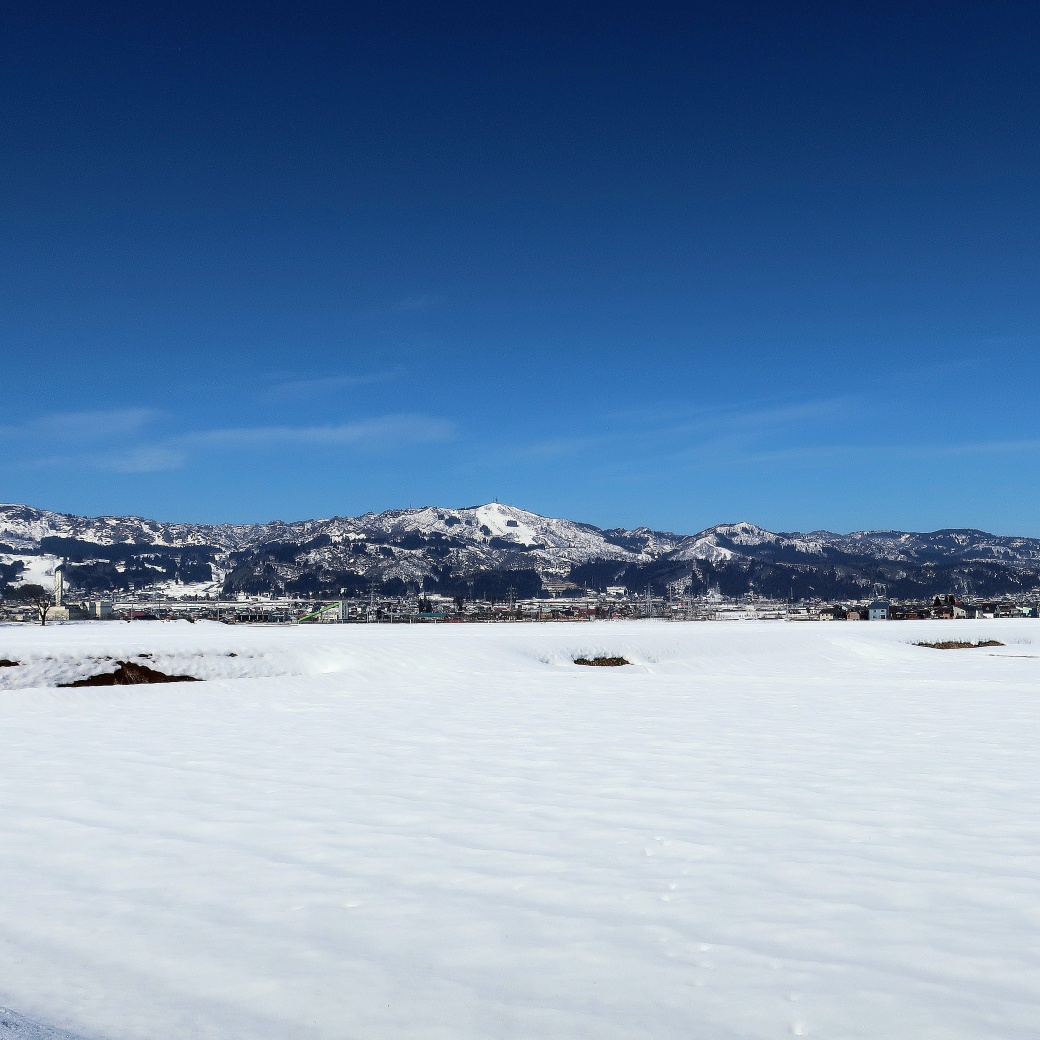
Itakura
Previously, I had the opportunity to cover Hakkai Jozo, which produces the famous sake ``Hakkaisan,'' and the late chairman Jin Nagumo, who was affectionately known as ``Okkasama'' in the area, told Mr. Imanari's ``Hakkaisan.'' He was very proud of the fact that Hakkaisan's sake lees were used in "Yamagazuke". Since then, I have wanted to visit you someday.
Mr. Imanari (titles omitted below)
thank you. Yamaga-zuke is a lees pickle made by pickling wild vegetables from Minami Uonuma, as well as local vegetables such as koshi melon, kinshi melon, eggplant, and cucumber, in Hakkaisan sake lees.
We would like to express our gratitude to Hakkai Jozo for providing us with the sake lees of their precious Junmai Daiginjo sake. You cannot make Yamagazuke without sake lees.
Itakura
As soon as you put it in your mouth, you can smell the pleasant scent of sake, and the sweetness and texture of the vegetables are pleasant. When I have freshly cooked rice, I don't need anything else and I feel happy. Since when has it been made?
Imanari
The Imanari family (Konoikeya) has been engaged in various businesses since the Edo period, and the making of pickled pickles has a history of over 300 years. Yamaga-zuke was born about 100 years ago when my great-grandfather, Hayabusa, started farming and growing vegetables, and he gifted kasu-zuke to his close friend, the poet and calligrapher Yaichi Aizu. They were so pleased that they named it Yamaga-zuke after Saigyo's Yamaga-shu. Since then, I have started my pickle business in earnest.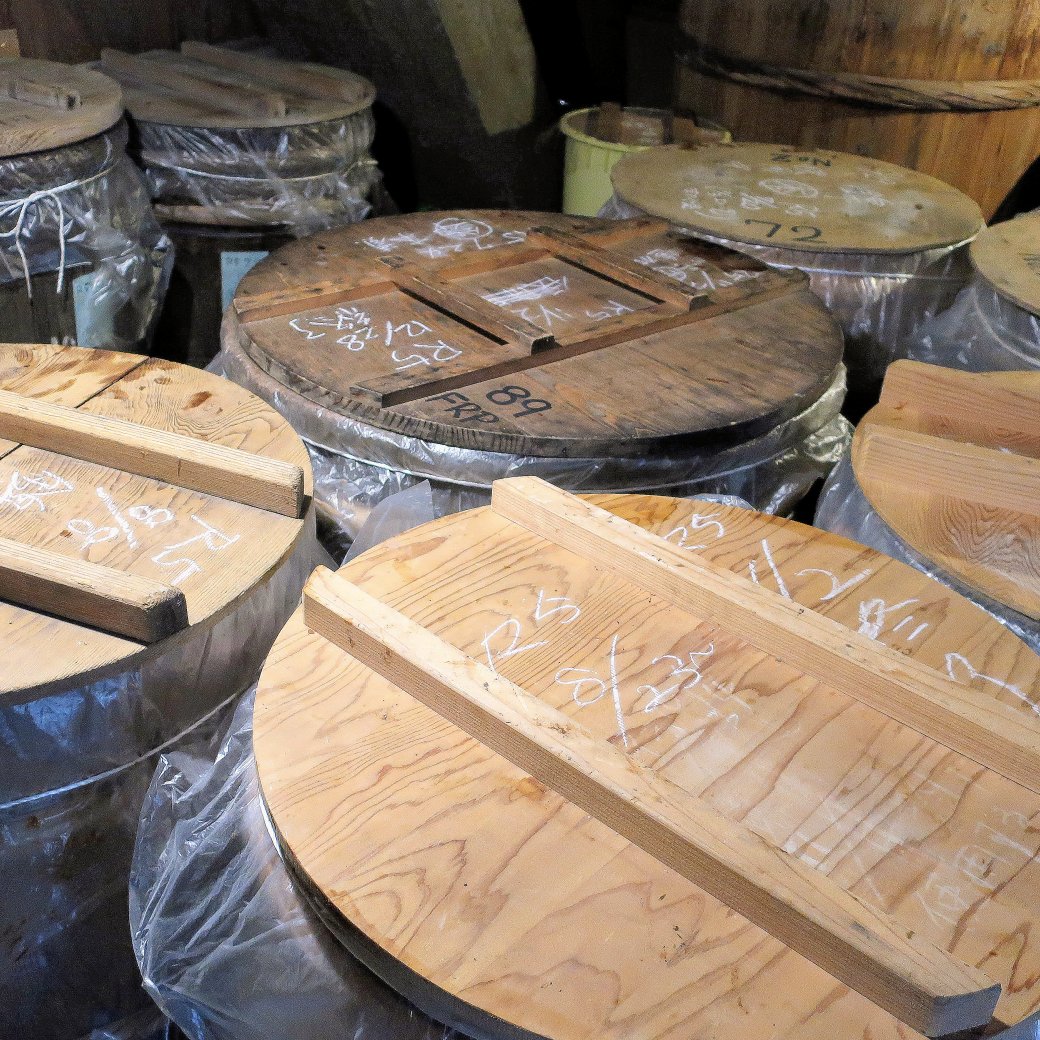
Itakura
The 200-year-old warehouse is lined with wooden barrels, and I saw Yamagazuke quietly fermenting and maturing inside, giving me a sense of history and romance. How is pickling done?
Imanari
Yamagazuke is made without any additives, using local ingredients such as salt, sake lees, and vegetables, and the action of fermentation bacteria. The work is done in accordance with the season and harvest of vegetables, with wild vegetables being harvested from April to June, cucumbers and gourds being harvested from June to August, grated gourds being harvested for two days in July, and eggplants being carefully selected by contract farmers from August to September. They will deliver the materials.
It takes one to two years to make using traditional methods, including raw pickling (salt pickling), medium pickling with sake lees, and honzuke with sake lees added. They have higher nutritional value such as vitamins, minerals, and amino acids than vegetables themselves. This is the wisdom to maintain health that can only be found in snowy countries.
Itakura
It takes time and effort to create that rich flavor. Also, pickling is not done in winter. Waiting is what makes the food delicious.
Imanari
yes. This is a land of deep snow, and humans need to live in harmony with the rhythms of nature. Even if you want to go out today, there are many cases where you can't go out because of the snow, so people accept things within certain limits and think over a long period of time. Even within the same wooden barrel, the taste of Yamagazuke differs slightly depending on the top and bottom, each barrel, and the year. Our customers understand that there is a wide range of deliciousness and enjoy it.
Itakura
Taste the blessings of the land of Minami Uonuma at that time, and you will never find the same taste twice. It's similar to how you enjoy natural wine. I believe that each one's unique taste is unique, and there is joy in encountering them.
Returning to Minamiuonuma, I realized the mental and physical health of caring for oneself and others
Itakura
Did you know from an early age that you wanted to take over the historic family business?
Imanari
No, I hadn't thought about it at all (lol). I thought, ``There's nothing new here,'' so I went to Tokyo to continue my education and find a job. I had lived in Tokyo for over 20 years, working for a publishing company and an overseas luxury brand, but I felt an emptiness because I couldn't devote myself to my passion. At that time, my partner and I had a child, and I decided that Minamiuonuma would be a better place to raise the child, so I decided to get married separately and came back here. In the end, I broke up with my partner without ever living together (lol). So, it wasn't until I came back that I started seriously helping out with the family business.
Itakura
Oh really. It seems that the birth of your child led you to Minamiuonuma. Did he gradually become prepared to become the successor while being involved in the family business?
Imanari
Little by little, over time. I also have a younger brother, but by the time I returned he had already gotten married and left this area. At first I was just helping out, but every day I receive grateful feedback from customers, such as, ``This is what humans eat,'' and ``I want this to be the last meal of my life.''
It was a series of surprises, but I started to feel happy to be involved in something that people would say that about. In addition, interest in fermented foods has increased recently, and famous chefs from both Japan and abroad have been paying attention to us, encouraging us to do our best as this is a treasure of Japan.
Itakura
I agree. There is so much information and stuff out there, but I feel like it's hard to come across something as simple as Yamaga-zuke. And it seems that getting sick in 2021 was also a turning point.
Imanari
That is right. Up until then, I had been working as much as I could, including when I was in Tokyo, so it must have been too much for me. My doctor, who is also a customer of mine, said to me, ``If you have just one illness or illness to worry about, you will start taking care of yourself and stay healthy.'' is.
Since then, I have started to pay more attention to myself and the people around me, both mentally and physically, and even when something happens, I can feel like everything is okay. Little by little, I was relieved of the pressure of taking over the family business, and I began to think, ``Let's work without hesitation and take on new challenges.''
We want the younger generation to know about traditional fermentation culture.
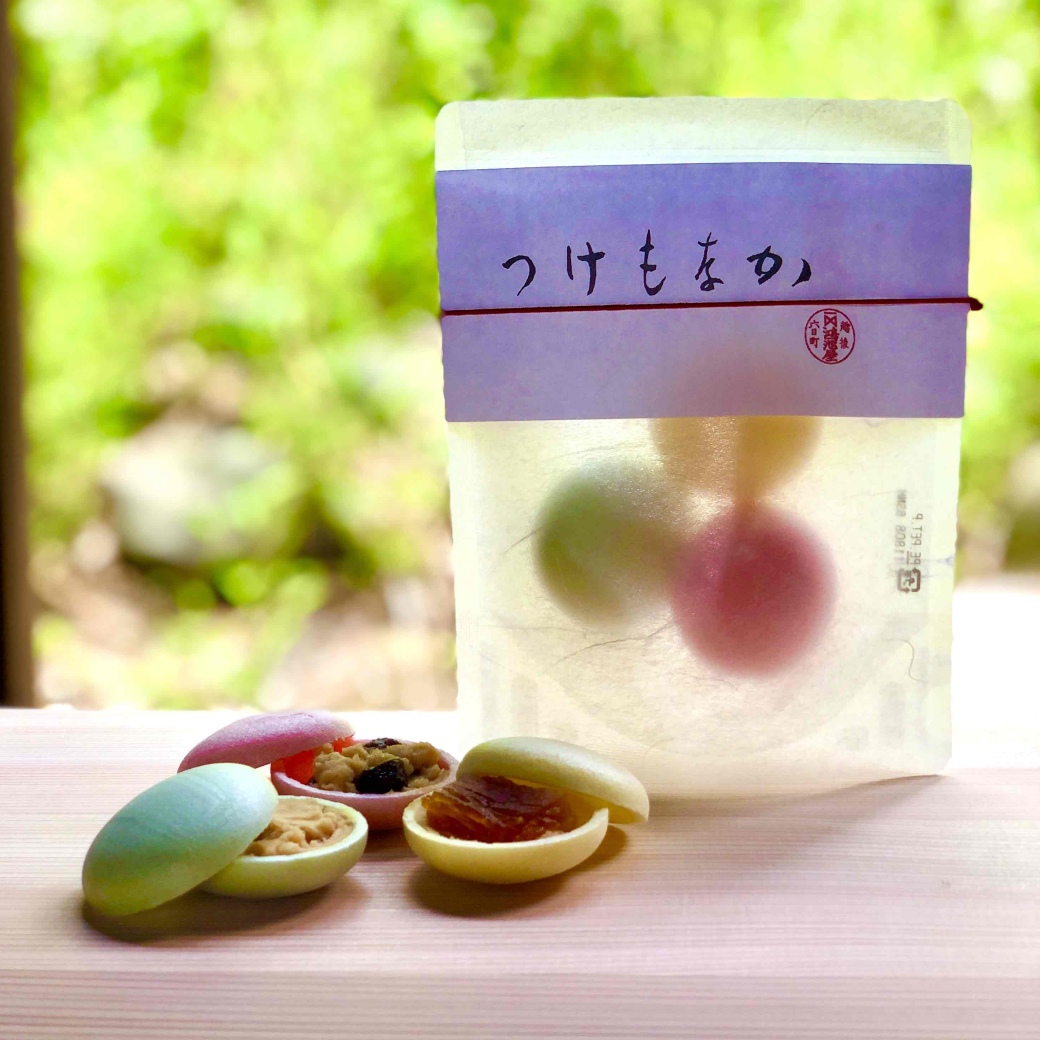
Itakura
As it gradually took root in the local area, Yamagazuke wanted to convey the appeal of Yamagazuke to the younger generation, so it seems that they developed the first new products in 100 years, ``Cream Cheese Kasuzuke'' and ``Tsukemonaka.'' .
Imanari
yes. At the invitation from the city hall, we decided to participate in the 2021 "Japan's Treasure Grand Prix". I didn't expect it, but ``Tsukemonaka'' won the Grand Prix at the Niigata Minami Uonuma Competition (Cooking/Processing Category) and the Japan Competition (Sweets Category). We even won the top prize at the Grand Prix, which was contested by national champions.
Itakura
It is wonderful! How did the idea come about?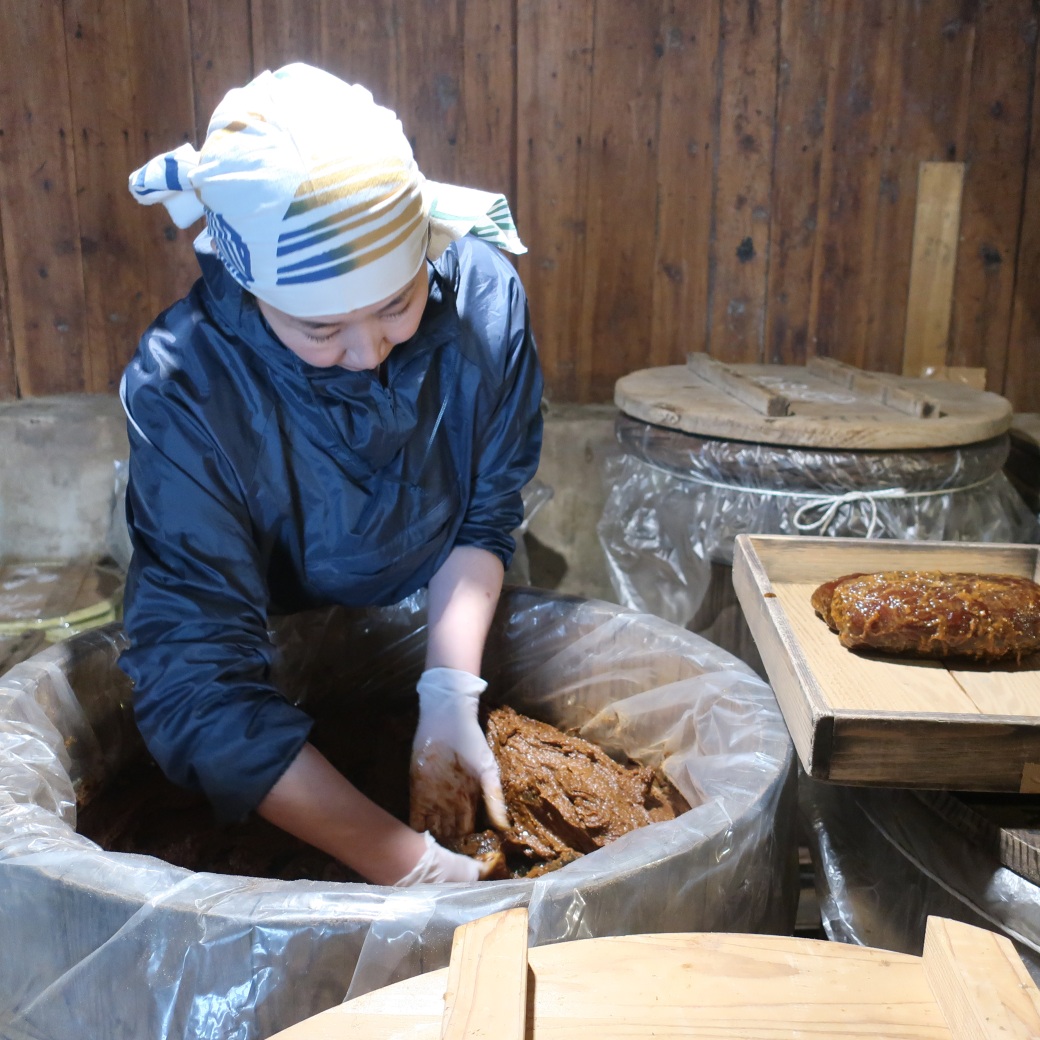
Imanari
Sake lees that has gone through Yamagazuke's honzuke process has an extremely delicious flavor. I've always wanted to use it for something because it would be a waste to throw it away.
So I tried it out by soaking and aging cream cheese for a month or two, and it turned out to be delicious and well-received by those around me. I tried a lot of different things, but found that Hokkaido cream cheese was the best match.I found a place in Kanazawa that makes beautifully colored monaka skin without using artificial coloring, and I tried sandwiching it inside.
Itakura
It looks cute, has a rich taste, and is healthy with no additives. It goes well with tea and alcohol. I think even people who don't like sweets will like it. We are also manufacturing new products, so we have recently built a new warehouse.Is there anything you would like to work on in the future?
Imanari
I would like to continue making Yamagazuke with all my heart, as I have always done. We have customers all over the country who have been with us for a long time, and they support us as warmly as if we were relatives.
Many of our customers come to our store at least once a year. That's a blessing. As for new initiatives, I would like to interact more with the younger generation and incorporate new perspectives and ideas while still valuing tradition. If you are interested, please let us know (lol).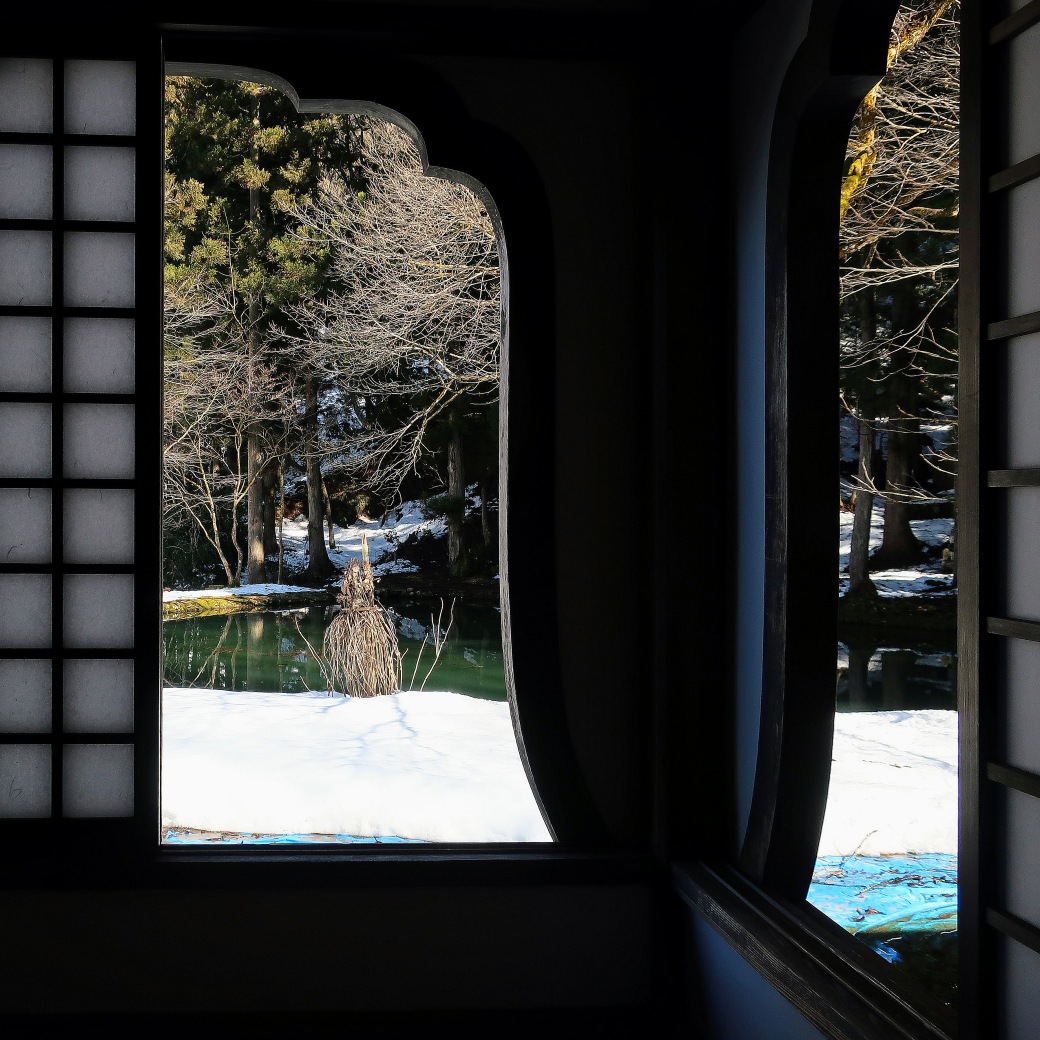
Itakura
Lastly, Mr. Imanari, please tell us where you would like to recommend where we can fully enjoy the charm of Minamiuonuma.
Imanari
When I want to calm my mind, I go to Untoan, a Zen temple of the Soto sect. The garden is very beautiful and has a clear atmosphere. There is a picture of Nirvana in the temple grounds, and when I look at it, I feel that humans are part of a larger universe.
Rather than trying desperately to protect and preserve traditional culture, I believe that if each individual lives a good life, wonderful things will naturally emerge.
Also, when I want to refresh myself with my family and friends, I go to Uonuma no Sato. You can also enjoy meals at this facility where you can feel the beauty of nature. In particular, at ``YUKIMURO WAGYU UCHIYAMA,'' you can enjoy Niigata Wagyu beef and Yukihikari pork while looking out at nature. The salami marinated in the sake lees of Hakkaisan Junmai Daiginjo sake, the same as Yamagazuke, is also the best!
Itakura
Just standing there at Undoan will purify you. I also wanted to go to Uonuma no Sato for the first time in a while.
We live in an age where many things can be developed and obtained in an instant, but Mr. Imanari's story and the culture of Minami Uonuma made me realize the importance of taking time and waiting. If you, our readers, feel restless and restless, why not visit Minamiuonuma?
I think you will be energized by coming into contact with people who are generous and have a deep sense of strength. Mr. Imanari, thank you very much for today.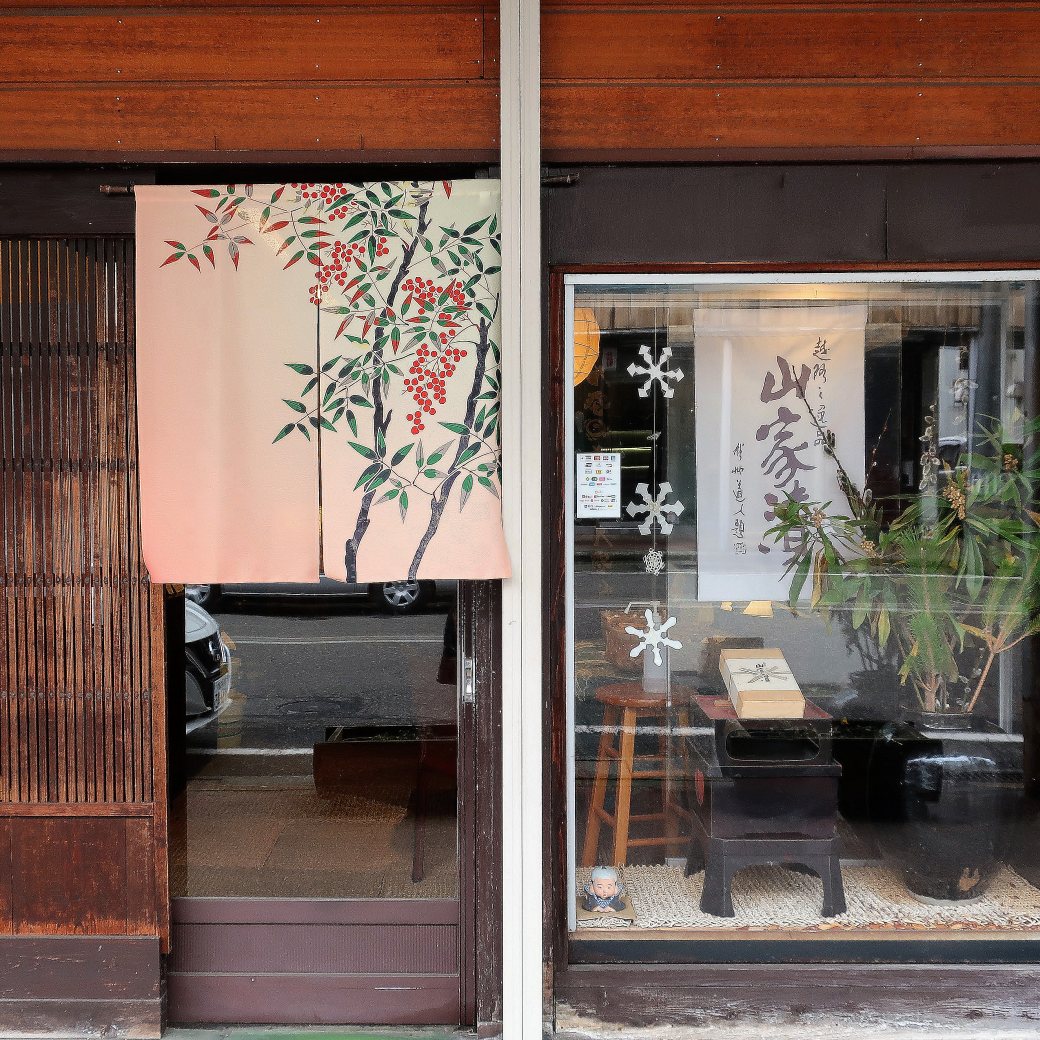
Imanari pickles shop
Yamagazuke, a fermented food that Minamiuonuma is proud of, has impressed many literary figures.
"Imanari Tsukemono Shop" has been loved for over 100 years in Muikamachi, Minamiuonuma City. Their signature product is Yamaga-zuke, a sweet pickled lees pickle made by pickling wild plants and vegetables from Minami Uonuma in the sake lees of the famous Hakkaisan Junmai Daiginjo sake.
Starting with the poet Yaichi Aizu, who gave it its name, it has had interactions with many literary figures, haiku poets, and poets, including Shiki Masaoka, Hakushu Kitahara, Ango Sakaguchi, and Shiogoro Kaionji, all of whom have praised its deep and elegant taste. It was highly praised.
The ``Cream Cheese Kasuzuke'' and ``Tsukemonaka'' created by Yoko-san are also very popular, and the number of new fans is increasing.
https://kounoikeya-imanari.co.jp/
Access: Take the local line from Echigo-Yuzawa Station on the Joetsu Shinkansen to JR Muikamachi Station, about 20 minutes. About 8 minutes walk from JR Muikamachi Station.
Travel & Spa Journalist
Yumiko Itakura
Yumiko Itakura
He assumed his current position after working as an editor at ``25ans'' and other publications. Traveling around the world, he proposes and writes travel plans that appeal to the five senses in various media, with themes of healing, health, food, and culture that live in the land. He also serves as a speaker at seminars sponsored by government international organizations, tourism bureaus, and companies. Also known as a lover of Italy, he composed and wrote "Italian Mamma's Recipes" (published by Sekai Bunkasha). Also, in the Japan National Tourism Organization's Global Campaign, he speaks about Japanese healing as an expert in the field of relaxation.Expert Insights Go Deep Into Japan
photos & realization: Yumiko Itakura




